Top 8 Most Beautiful Historical Sites in Cuba
"Cuban cities are among the oldest in the hemisphere," says Emilio Cueto, a Cuban culture specialist who advises the Smithsonian Journeys tours. "To visit Cuba ... read more...is to travel in a variety of directions and through a variety of cultures." These are the most beautiful historical sites in Cuba. Let’s discover them now!
-
Old Havana is one of the 15 municipalities (or boroughs) that make up Havana, Cuba's city center (downtown). It contains the heart of Havana's ancient city and has the city's second highest population density. The present bounds of Old Havana are defined by the old Havana city walls.
Because of its remarkable Baroque and neoclassical architecture, defenses, and historical significance as a stop on the voyage to the New World, Old Havana was included on the UNESCO World Heritage List in 1982.
A year later, a preservation drive was initiated to restore the buildings' original character. Cadiz and Tenerife are similar to old Havana. Alejo Carpentier dubbed it "de las columnas," but it may equally be called "gateways," "revoco," "deterioration and rescue," "intimacy," "shade," "cool," "courtyards," and so on. All of the major antique monuments, forts, convents and cathedrals, palaces, alleyways, arcades, and people density may be found in her. Through the work of the Office of the City Historian, the Cuban government had made significant efforts to conserve and restore Old Havana.
Location: Havana
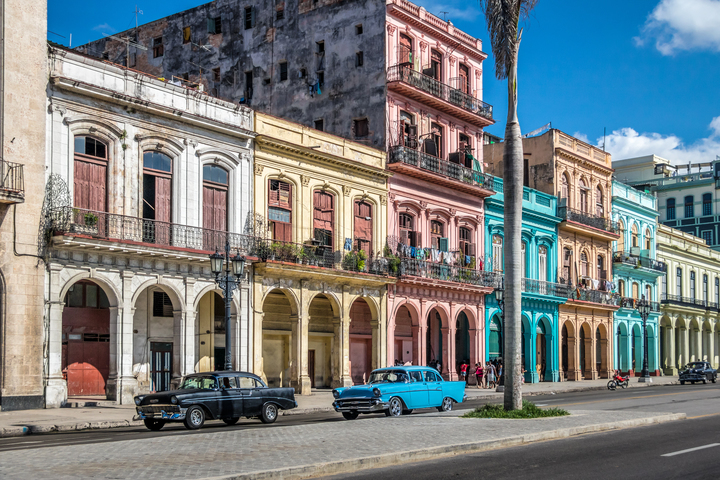
Source: Time Out Source: Travel And Discover -
Parque Histórico Morro y Cabaña includes two significant strongholds, Morro Castle (popularly known as "El Morro") and La Fortaleza de San Carlos de la Cabaa (aka "La Cabaa"), are the principal attractions of this historic area across the port from Old Havana. The magnificent El Morro, built by the Spanish beginning in 1589 to protect against pirates, currently contains a succession of mini-museums. Visitors may also tour the ramparts, barracks, and a still-functioning lighthouse, as well as take in the breathtaking views of Havana and beyond. This is one of the most beautiful historical sites in Cuba.
La Cabaa, established in the 18th century and located across a deep ravine, acts virtually as a little city. In 1959, Parque Histórico Morro y Cabaña served as Che Guevara's command post, which is honored in one of the most famous exhibition halls. There's even a cigar shop on the premises. Every night in Parque Histórico Morro y Cabaña, an honor guard dressed in 18th-century military garb discharges one of the fort's canons, causing a deafening explosion in front of a throng of up to a thousand people.
Location: Havana
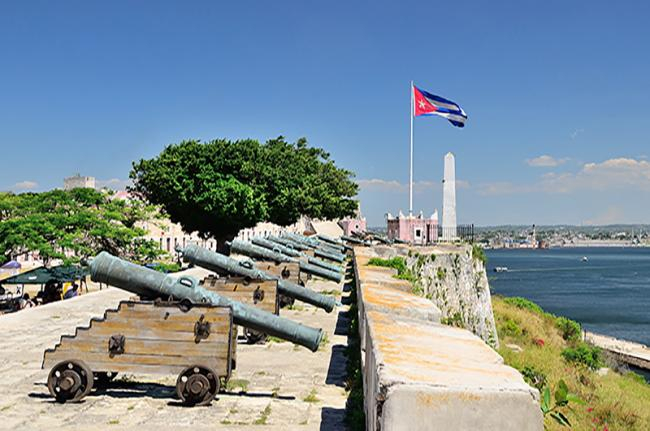
Source: Lonely Planet Source: Morei Oficial -
Trinidad - one of the most beautiful historical sites in Cuba, is a town in the central Cuban province of Sancti Spiritus. Because of its historical significance as a center of the sugar trade in the 18th and 19th centuries, it has been a UNESCO World Heritage site since 1988, together with the nearby Valle de los Ingenios. Trinidad is one of the Caribbean's best-preserved cities from the era when the sugar trade was the region's primary industry.
Tobacco processing is now Trinidad's principal industry. Because the Cuban tourism business benefits from tour groups, the oldest portions of town have been beautifully preserved. Outside of the tourist attractions, however, several areas of town, particularly in the center, are severely run down and in disrepair. The city's main source of revenue is tourism from Western countries.
Location: Sancti Spiritus
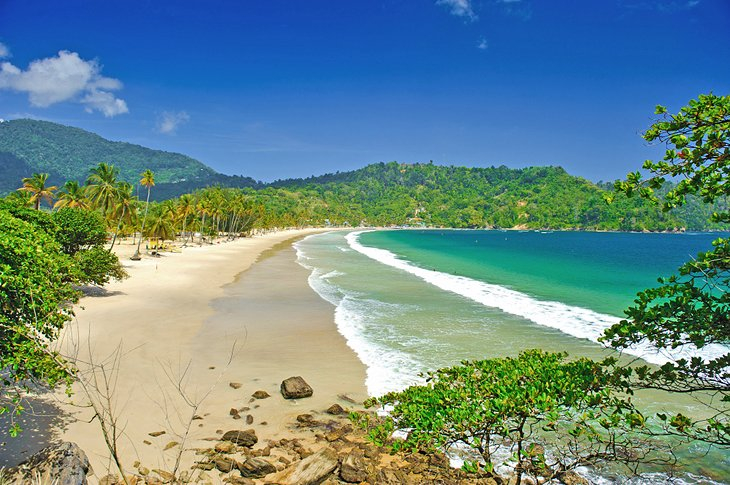
Source: PlanetWare Source: My Expat Diary -
Comandancia de la Plata was the guerrilla headquarters Fidel Castro erected in 1958 when fighting against the Batista administration, perched atop a rocky range generally shrouded in mist. It takes four hours to get there through the woods, but it's probably worth it because the camp is almost exactly how Fidel left it. Casa de Fidel (Fidel's House) is undoubtedly the most popular attraction, with seven secret escape routes. There's also a museum, a radio facility where rebel transmissions were broadcast, insurgent cottages, and Che Guevara's crude hospital.
In Comandancia de la Plata, the small museum near the complex's entrance, the masterfully designed Casa de Fidel with its seven hidden escape routes in case the revolution's leaders were discovered, and the steep climb up Radio Rebelde to the radio-communications buildings where the revolution's early broadcasts were aired are all highlights. The hospital structures, a stark reminder of the savagery of guerilla medical care, are located far below on a different trail (placed here to keep the injured from revealing the camp's location in their misery).
Location: Gran Parque Nacional Sierra Maestra
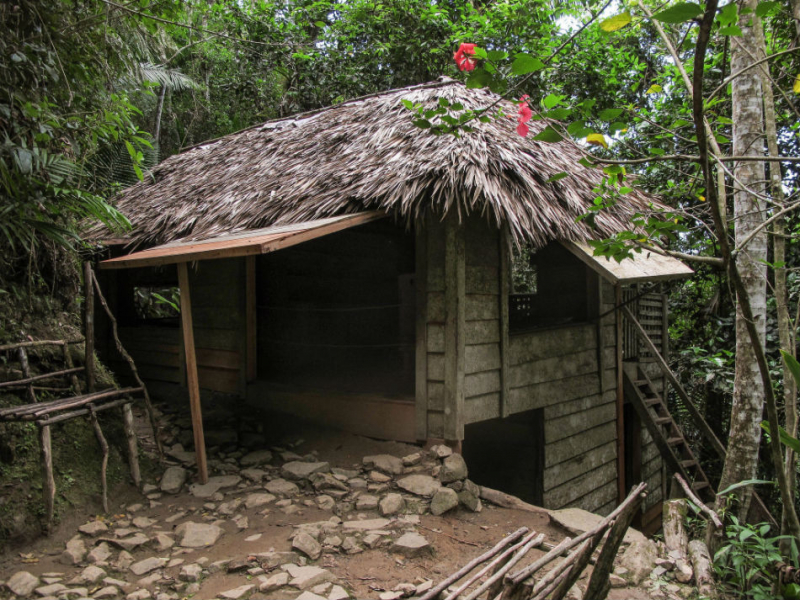
Source: Times of India Source: Fidel Castro Ruz, Soldado de las Ideas -
Playa Girón is a beach and community located on the east bank of the Bahia de Cochinos (Bay of Pigs) in the province of Matanzas on Cuba's southern coast. It is part of the Ciénaga de Zapata municipality. The Ciénaga de Zapata, one of the world's largest wetlands, is home to Playa Girón (Zapata Swamp). Girón, a nearby town, was named after the infamous French pirate Gilberto Giron.
In April 1961, Playa Girón was one of two seaborne landing locations for around 1,500 armed Cuban exiles in the Bay of Pigs Invasion, an American CIA-backed attempt to overthrow Cuban Prime Minister Fidel Castro's new government. Fighting raged for 72 hours in various portions of the Cienaga de Zapata, with Playa Girón being the last region seized by the invaders. The Museo Girón is now a tiny museum dedicated to the conflict's history. This is one of the most beautiful historical sites in Cuba.
Location: Matanzas
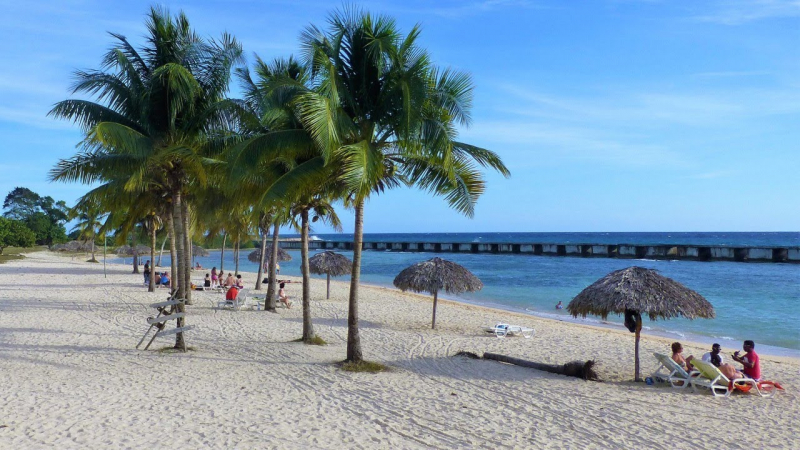
Source: ben sedin Source: ben sedin -
Finca Viga is a mansion in Havana, Cuba's San Francisco de Paula Ward that was previously Ernest Hemingway's home. It is now a museum, just like Hemingway's Key West residence. The structure was built in 1886. The home was erected in 1886 on a hill about 15 miles (24 km) east of Havana by Catalan architect Miguel Pascual y Baguer. The view of downtown Havana is spectacular from the rear terrace and adjacent tower.
The Finca Viga, which the US National Trust for Historic Preservation stated was in danger of collapsing, was repaired by the Cuban government and reopened to tourists in 2007. Despite its location outside the United States, it has been designated as one of the 11 most endangered historic sites. It's also on the World Monuments Fund's "100 Most Endangered Sites" list, which is updated every two years.
Location: Havana
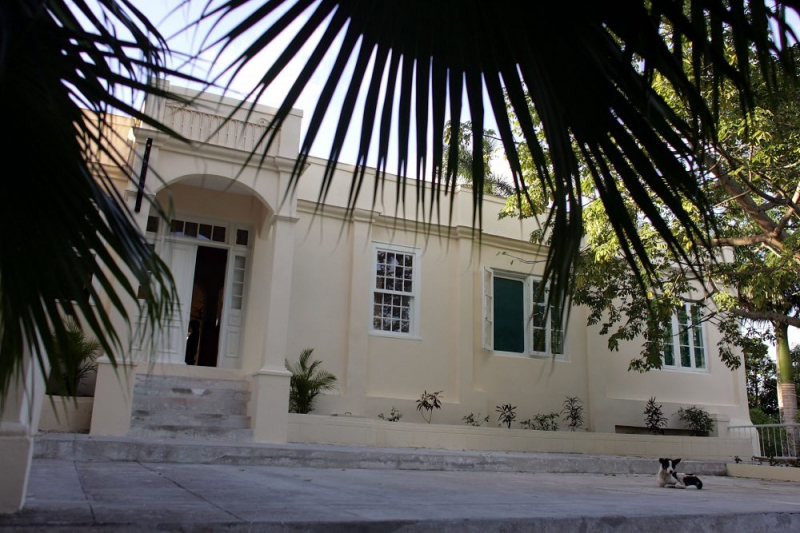
Source: WBUR Source: Steve Mencher -
The Che Guevara Mausoleum is a mausoleum located in "Plaza Che Guevara" in Santa Clara, Cuba (Che Guevara Square). It is home to the remains of Ernesto "Che" Guevara and twenty-nine of his fellow revolutionary soldiers who were killed in 1967 during Guevara's attempt to spark an armed rebellion in Bolivia. The Ernesto Guevara Sculptural Complex encompasses the entire region, which includes a 22-foot bronze statue of Guevara. Che Guevara Mausoleum is one of the most beautiful historical sites in Cuba.
After his bones were discovered in Bolivia, excavated, and returned to Cuba, Guevara was buried with full military honors on October 17, 1997. There is a museum dedicated to Guevara's life at the location, as well as an eternal light set in his honor by Fidel Castro. In honor of Guevara's army capturing the city on December 31, 1958, during the Battle of Santa Clara, Santa Clara was chosen as the destination. Cuban dictator Fulgencio Batista fled to exile as a result of this decisive fight of the Cuban Revolution.
A Fulgencio Batista military supply train wrecked by Guevara during the war also remains in its original location nearby, in another part of the city.
Location: Santa Clara
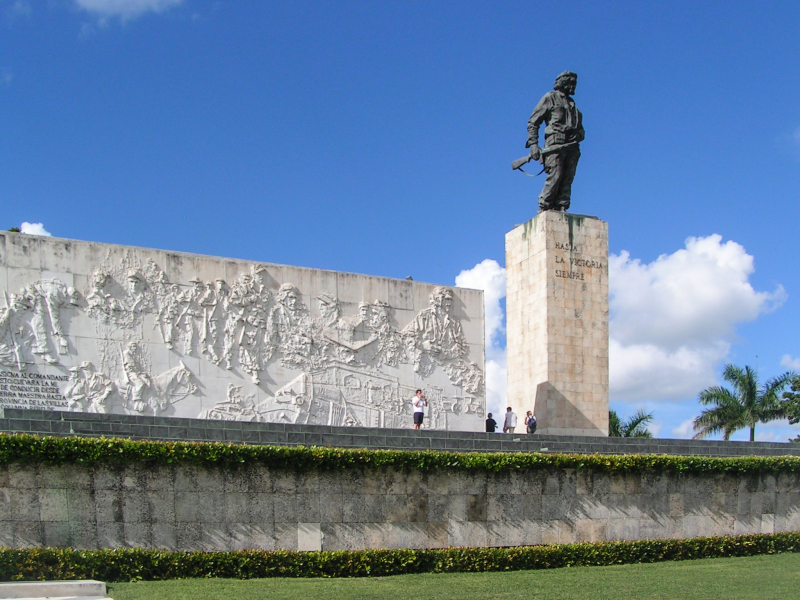
Source: Wikipedia Source: CGTN America -
The Museum of Historical Cuban Atmosphere, located in front of Céspedes Park, is one of Santiago de Cuba's most notable museums. The museum is made up of two antique houses, each erected at a different epoch. Both buildings, one from the 16th century and the other from the 19th, depict the manner of life in the periods in which they were constructed.
The oldest house, constructed in 1515, is a masterpiece of colonial design. The Casa de Contratación y Fundición de Oro was the house of Lieutenant Governor Diego Velázquez de Cuéllar (Hiring House and Golden Foundry). It has two levels and was a beautiful mansion for two centuries before becoming a hotel in the twentieth century. The Museum of Historical Cuban Atmosphere was renovated in 1965 after various renovations, and the space was dedicated to displaying the manner of life in the 16th, 17th, and 18th centuries.
Location: Santiago de Cuba
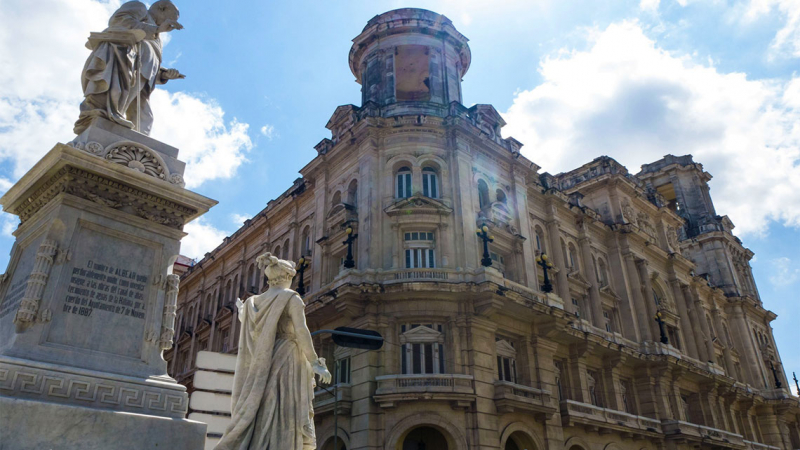
Source: Cuba driect Source: Richard's World Traveler





























